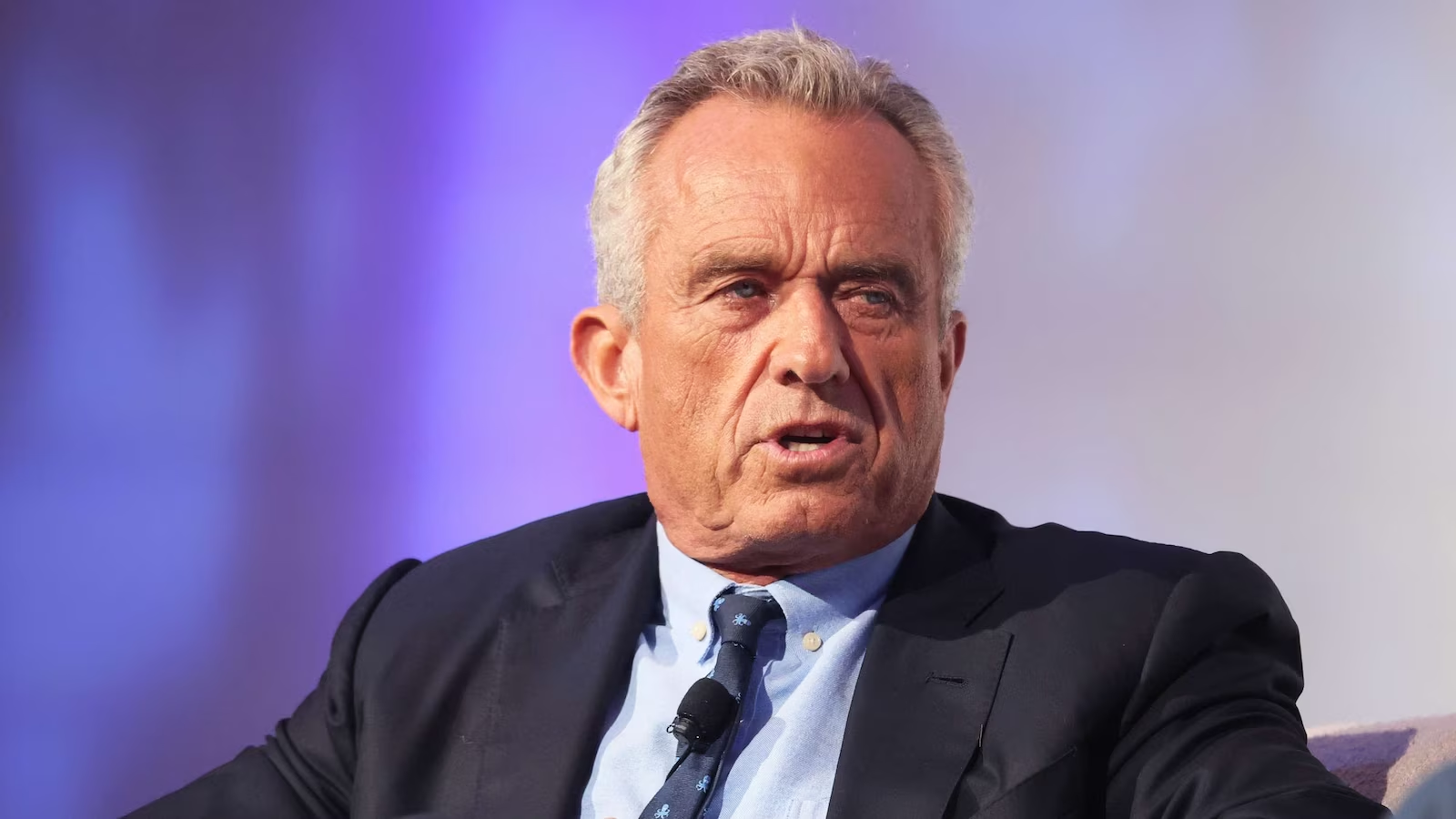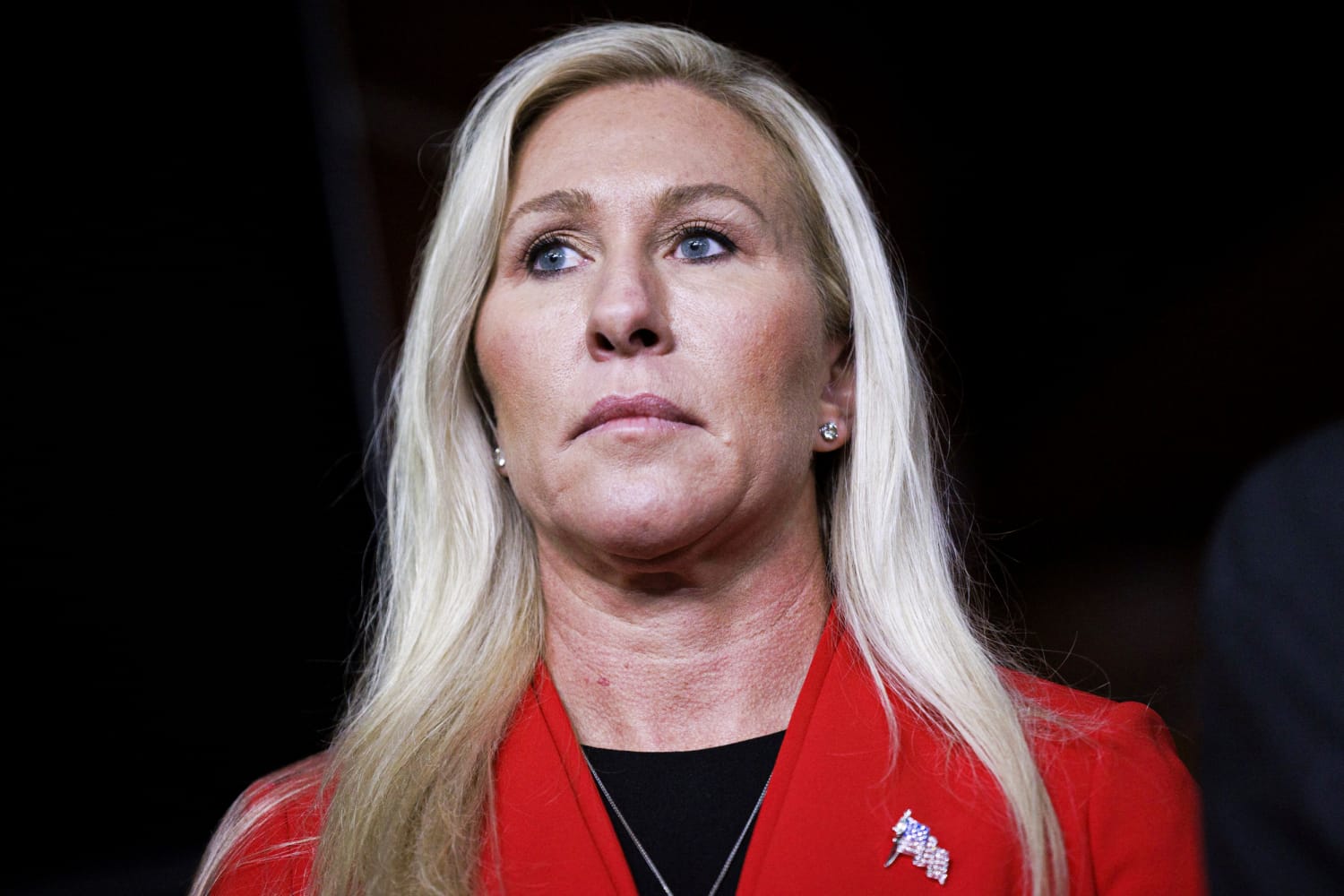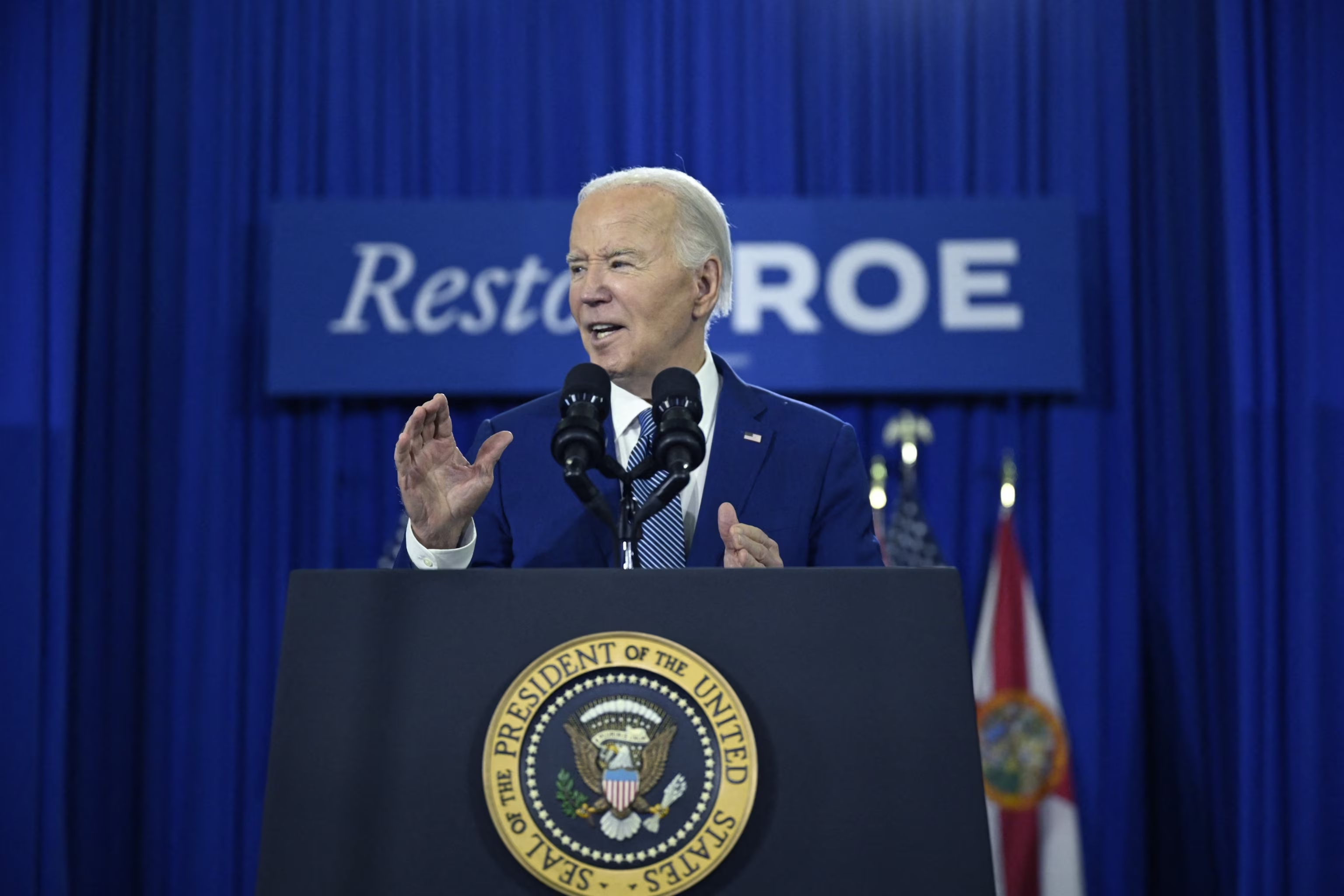Former President Trump said that the pro-Palestine protests at Columbia University had “paid agitators” involved. He made these claims during a Fox News interview while the New York Police Department officers were clearing out the protest encampments at the university.
During the interview with Sean Hannity, Trump said, “I really think you have a lot of paid agitators, professional agitators in here too, and I see it all over.” He pointed out that the signs carried by protesters looked identical, suggesting they were made by the same printer and possibly funded by someone else.
Trump expressed concern that these actions were harmful to both the world and the country.
However, there is no evidence to support Trump’s claims that any protester at Columbia University or in the nationwide pro-Palestine protests is being paid or not genuine.

The police’s response at Columbia University came after tensions had been rising for days. The protests were part of a larger movement against the Biden administration’s handling of the Israel-Hamas conflict. Students demanded a cease-fire, an end to military aid to Israel, and divestment from Israeli interests by their colleges and universities.
Columbia University has been a focal point of these protests, with visits from political figures and calls for the university president to resign if the protests continue.
Both Trump and President Biden have spoken out against the protests. Trump called them “a sad thing to see” and criticized Biden’s response. He urged action to combat antisemitism and called on Biden to take a stronger stance.
The protests have led to numerous arrests nationwide, with some demonstrations turning violent.
















































